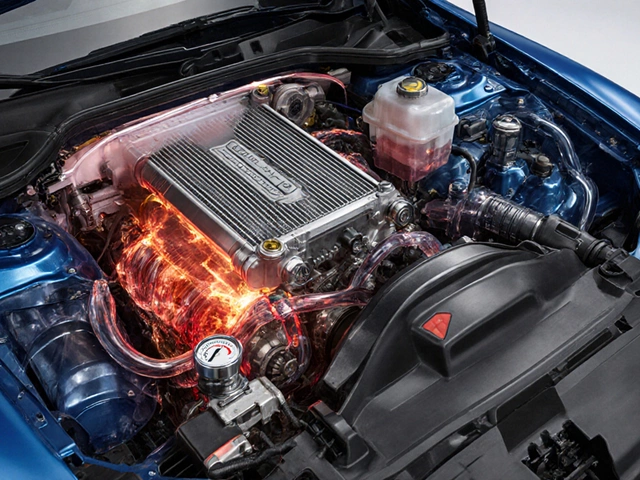Bad Spark Plugs: What They Do and Why They Fail
If your car is coughing, stumbling, or not reaching the speed you want, bad spark plugs could be the culprit. They’re tiny, but they fire the fuel‑air mix that powers your engine. When they wear out or get fouled, the whole system suffers. Below you’ll find the most common clues, quick tests, and step‑by‑step fixes so you can get back on the road without a costly visit to the garage.
Common Signs of Bad Spark Plugs
First thing you’ll notice is a rough idle – the engine shakes a bit when you’re stopped. It’s easy to miss, but if the car feels jittery at a standstill, that’s a red flag. Another giveaway is poor acceleration; you press the gas and the response is sluggish, like the car is dragging its feet.
Misfires are a classic symptom. You might hear a popping sound or feel a sudden loss of power during a drive. Often this shows up as a check‑engine light with a code related to ignition or misfire. Finally, watch the fuel gauge. Bad plugs can cause the engine to use more fuel, so you’ll find yourself refilling more often than usual.
Why Spark Plugs Go Bad
Over time, the electrodes wear down from the constant spark. This wear reduces the gap and weakens the spark, leading to incomplete combustion. Another common issue is fouling – oil, carbon, or fuel deposits coat the tip, preventing a clean spark. Driving in very dusty conditions or using low‑quality fuel can speed up fouling.
Heat range matters too. A plug that’s too hot can melt its tip, while one that’s too cold won’t fire strong enough. Both situations cause the engine to run rough and can damage other components if left unchecked.
How to Test and Replace Bad Spark Plugs
Before you order new plugs, you can do a quick visual check. Pull the spark plug wire, remove the plug with a socket, and look at the tip. If it’s black and oily, it’s fouled. If it’s worn down to a thin tip, it needs replacement.
For a more precise test, use a spark plug tester. Connect it to the plug while the engine is running; you should see a strong, blue spark. A weak or orange spark means the plug is failing. Record the gap with a feeler gauge – most modern plugs are pre‑gapped, but it’s worth confirming it matches the manufacturer’s spec.
When you’re ready to replace, turn off the engine and let it cool. Remove the old plug, check the threads in the cylinder head for any damage, and apply a tiny bit of anti‑seize lubricant to the new plug’s threads. Hand‑tighten, then give it a final quarter‑turn with a torque wrench to the spec (usually around 20 Nm).
Reconnect the plug wire firmly, repeat the process for each cylinder, and start the engine. It should idle smoother, accelerate quicker, and the check‑engine light should disappear if the fault was spark‑related.
Keeping Your Spark Plugs Healthy
Regular maintenance helps avoid premature wear. Stick to the service interval in your owner’s manual – many cars need a plug change every 30,000 to 60,000 miles. If you notice any of the symptoms above before hitting that mileage, don’t wait.
Using good‑quality fuel and changing your air filter regularly also reduces fouling. A clean engine bay and proper oil levels keep the plugs cooler and less prone to carbon buildup. Keep these habits, and your spark plugs – and your engine – will stay happy for years.
 10 July 2025
10 July 2025
Bad Spark Plug Symptoms and Effects: What Happens if Your Spark Plugs Are Failing?
Bad spark plugs spell trouble for your engine—they cause rough idling, sluggish acceleration, and leave you stranded. Learn the warning signs, why they matter, and what to do if your spark plugs go bad.
 2 July 2025
2 July 2025
Bad Spark Plugs: What Really Happens to Your Engine
Curious what happens when spark plugs go bad? Discover the real-world symptoms, the science behind engine trouble, and practical tips to diagnose and fix it fast.






0